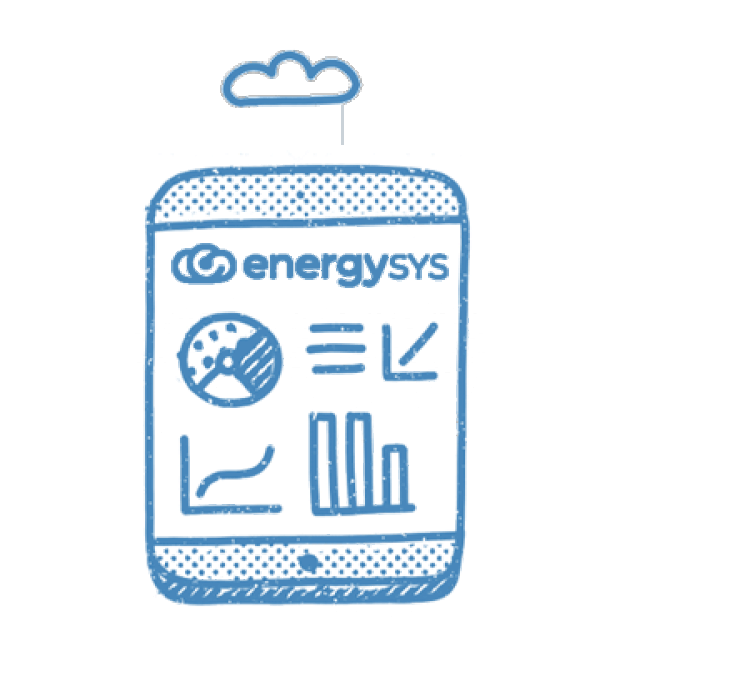Switching focus
A focus on digital oilfield has delivered real value to the industry. However, the impact was not as broad as it might have been.
As William Gibson said: “The future is already here — it’s just not very evenly distributed”. Our review of digital oilfield showed a broadly understood definition of what digital oilfield actually means.
Without general guidance, the spread of best practice is limited. An individual company’s ability to identify and apply developments that might bring benefits restricts them from improving their business processes.
Looking forward, the energy around digital transformation in oil and gas is very positive. The key question is how we maximise the impact.
Definitions exist but the concept still lacks industry acceptance and understanding. The danger is that we fail to focus on the process changes and the technology pillars to support them. Instead, we revert to repurposing of existing product under a new branding.
Our starting point is very simple: we must increase productivity and lower cost while operating safely. The next step is also simple. Every company must define its own targets for each of these metrics that digital transformation will have to deliver.
Making it happen
As we’ve discussed, the challenge of digital transformation in oil and gas is only weakly related to product selection. The most important step is to deliver fundamental change in a company’s worldview. This means doing things differently.
To move to a modern working environment, we must embrace new ways of working and new ways of thinking. Even after all this time, improving collaboration within and across teams, and across companies is still one of the fundamentals.
Supporting this effort are our three technology pillars of transformation:
1. Machine learning
2. Industrial Internet of Things
3. Cloud
Of these, cloud is foundational. It enables both of the other pillars, and a broad range of new practices and opportunities. The first essential step to digital transformation, and the most likely evidence of progress, is a move to the cloud.
However, cloud is not about lifting and shifting physical servers into a virtual environment. It’s about a different way of procuring and using applicable technology. It is about buying service, not software, and this requires broad industry change.
The EnergySys Cloud Platform is a very real example of the new world. It is nothing like traditional systems in either its goals or design. We have re-imagined Oil and Gas IT as a service rather than as a software. It’s no longer about buying bits or boxes, but about a guarantee of service.
Amazon Web Services provides our infrastructure, ensuring long-term security, scalability, and flexibility for all our customers. Cloud environments such as this remove many of the risks and concerns of hydrocarbon accounting users across the industry.
Benefits
The first thoughts of many business leaders is to try to work out how they do machine learning or analytics or whatever. If it delivers competitive advantage, it is not a prerequisite for digital transformation. Thinking about buying cloud services can deliver incredible value incredibly quickly.
One solution manages everything for you with regular feature updates, without any hassle or fuss. EnergySys customers have experienced increased productivity and more flexibility in managing their businesses as a result. The cost savings companies can make with a cloud subscription are also significant.
Open standards improve user experience. They can use a range of third-party tools to manipulate and understand the data in the platform. Or they can integrate with other cloud or legacy on-premises systems.
The web and mobile banking has transformed the way people and companies carry out banking. The EnergySys Cloud Platform is providing the same transformation for Oil & Gas IT.
Have you seen these yet?
EnergySys and TechxSA form powerhouse partnership
Based in India, Quadface are well known within APAC for their application management and professional services. They offer an array of consulting services to their customers, including implementation, end user support, business consulting, quality assurance and business analytics.
Optimising LNG Vessel Scheduling with Monte Carlo Simulation
By incorporating demand variation, voyage durations, and port delays, the model captures some of the complexities of the LNG supply chain. This leads to improved scheduling accuracy, enhanced resource utilisation, effective risk management, and high customer satisfaction.
Methods for Cargo Berth Scheduling
With its intuitive interface, robust features, and seamless integration capabilities, EnergySys emerges as a trusted partner for port operators seeking to optimise cargo handling processes and drive business success.



